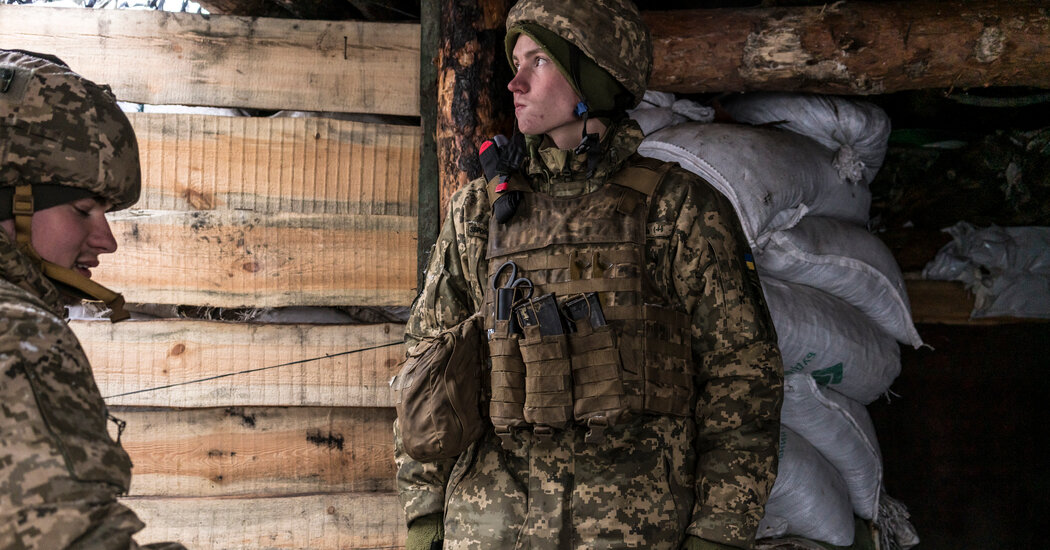
Defusing Ukraine
It is possible that Mr. Putin’s bottom line in this conflict is straightforward: that he wants to stop Ukraine from joining NATO and get an assurance that the United States and NATO will never place offensive weapons that threaten Russia’s security in Ukrainian territory.
On those two issues, it would seem, there is trading space. While the United States says it will never abandon the NATO “open door” policy — which means that every nation is free to make its own choice about whether it seeks to join the Western alliance — the reality is clear: Ukraine is so corrupt, and its grasp of democracy is so tenuous, that no one expects it to be accepted for NATO membership in the next decade or two.
On this, Mr. Biden has been clear.
“The likelihood that Ukraine is going to join NATO in the near term is not very likely,” he said at a news conference on Wednesday, giving voice to a previously unspoken truth. “So there is room to work if he wants to do that.”
It seemed an open invitation to offer Russia some kind of assurance that, for a decade, or maybe a quarter-century, NATO membership for Kyiv was off the table. But the Biden administration has drawn a red line at allowing Mr. Putin a right to veto which nations can join NATO.
More complex is negotiating the reverse problem: How the United States and NATO operate in Ukraine. Ever since the annexation of Crimea in 2014, the United States and NATO nations have been haltingly providing Ukraine with what the West calls defensive arms, including the capability to take out Russian tanks and aircraft. That flow has sped up in recent weeks.
To hear Mr. Putin, those weapons are more offensive than defensive — and Russian disinformation campaigns have suggested that Washington’s real goal is to put nuclear weapons in Ukraine. Administration officials say the United States has no such plans — and some kind of agreement should be, as one official said, “the easiest part of this,” as long as Russia is willing to pull back its intermediate-range weapons as well.
Upending the European Order
Mr. Putin has made clear that he wants to restore what he calls Russia’s “sphere of influence” in the region — essentially a return to the Cold War order, before Bill Clinton and Boris Yeltsin agreed in 1997 that former Soviet states and Warsaw bloc nations could choose whether to seek membership in NATO. Since then, the alliance has roughly doubled in size.







